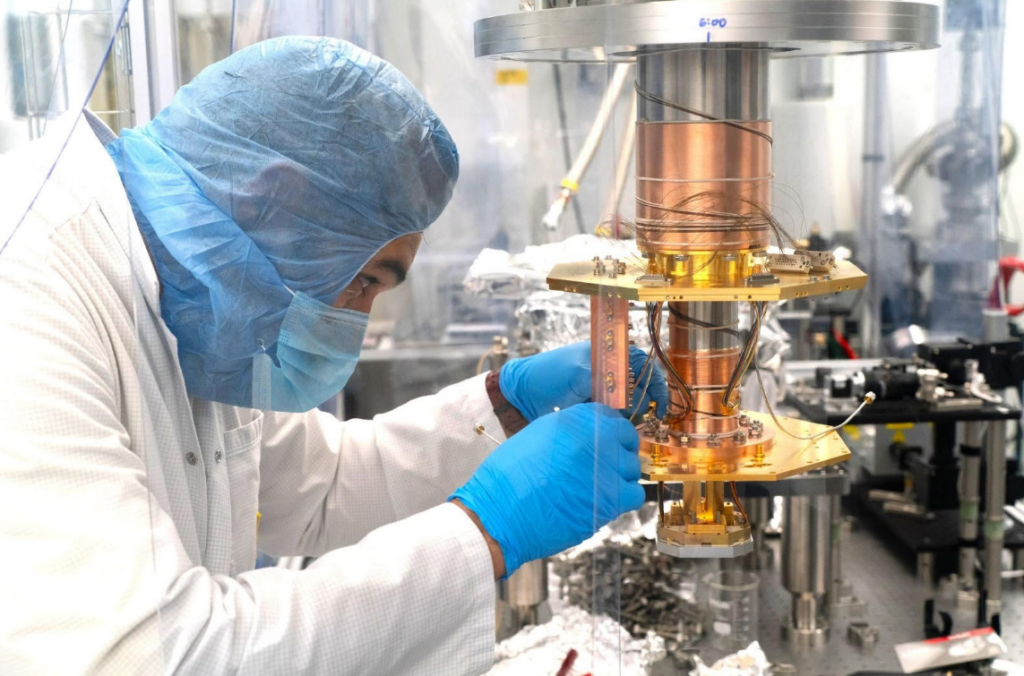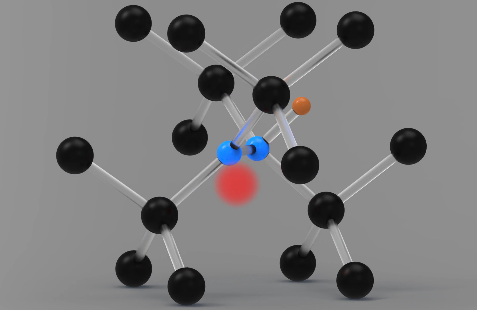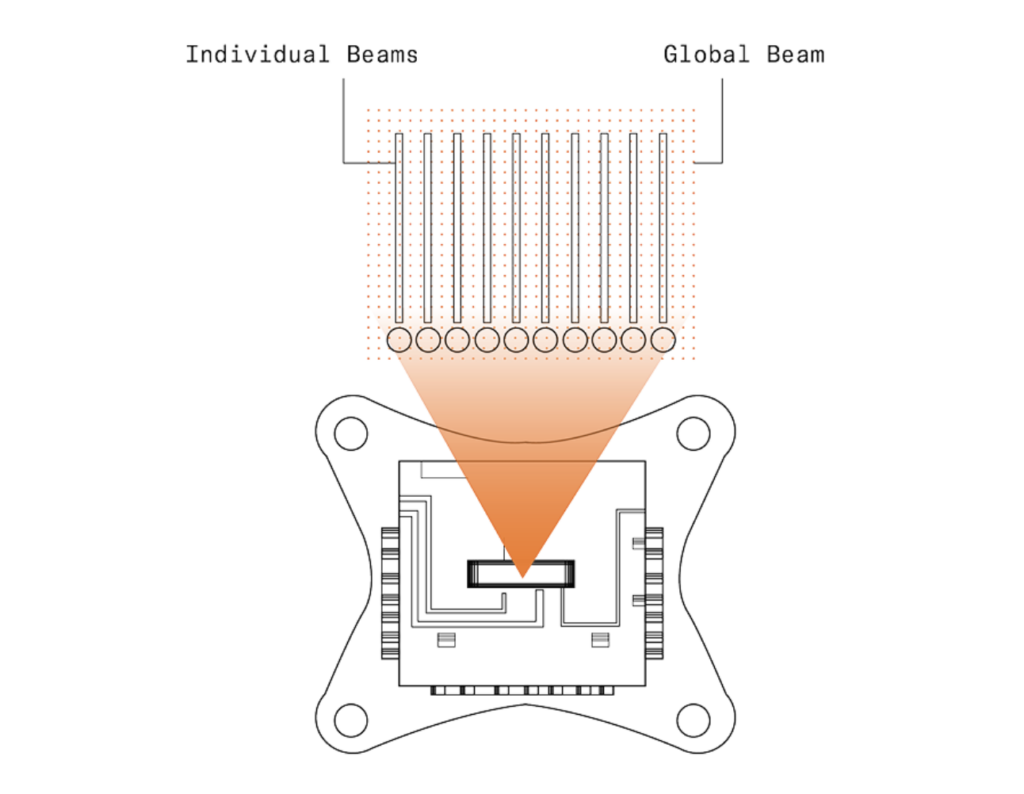Insider Brief
- Fujitsu and RIKEN have unveiled a 256-qubit superconducting quantum computer, quadrupling their previous system’s capacity and advancing Japan’s position in the global quantum race.
- The system uses a scalable 3D architecture and enhanced cooling design, enabling practical research in error correction and complex molecular modeling.
- Set for global availability in fiscal 2025, the platform will support hybrid quantum-classical computing and is backed by Japan’s national Quantum Leap Flagship Program.
Fujitsu and RIKEN have developed a 256-qubit superconducting quantum computer, quadrupling the processing power of their existing system and signaling Japan’s growing competitiveness in quantum technology.
The machine, housed at the RIKEN RQC-Fujitsu Collaboration Center, is designed to solve increasingly complex problems and will be offered to global customers starting in fiscal 2025. According to a joint statement released April 22, the new system builds on the duo’s earlier 64-qubit design and represents “another crucial step toward the practical application of superconducting quantum computers.”
The upgrade comes as nations and corporations race to harness quantum computing for breakthroughs in fields such as pharmaceuticals, finance, and advanced materials. While quantum computers remain in the experimental stage, increases in qubit count and system stability are considered essential for moving toward useful applications. Fujitsu and RIKEN’s new machine, the statement said, aims to enable tasks such as analyzing larger molecules and testing complex error-correction algorithms — key steps in the push toward fault-tolerant quantum computing.

Fujitsu and RIKEN will integrate the 256-qubit computer into their hybrid quantum computing platform, allowing users to run algorithms that blend quantum and classical approaches. The companies plan to roll out access to companies and research institutions around the world in early fiscal 2025.
The system achieves its higher qubit count through a scalable 3D connection structure that groups qubits into four-qubit units, arranged to avoid needing a full redesign for expansion. “The 256-qubit machine utilizes the same unit cell design established in its 64-qubit predecessor, effectively demonstrating the scalability of this architectural approach,” the companies said in the statement.
A key engineering challenge in quantum computers is cooling the qubits to extremely low temperatures. To address this, Fujitsu and RIKEN developed a new method that increases the number of qubits packed into the same dilution refrigerator used for the earlier system. According to the statement, the design “carefully balances heat generation from control circuits with the cooling capacity of the refrigerator, while maintaining the necessary ultra-high vacuum and extremely low temperatures.”
In addition to hardware development, the two organizations are working on hybrid computing techniques that combine quantum and conventional computing. This approach is seen as a practical way to extract early value from quantum systems, which remain limited in their ability to solve real-world problems on their own. “Both organizations will further enhance the platform’s usability by working to enable seamless collaboration between quantum and classical computers,” the companies stated.
The release of the 256-qubit system sets the stage for Fujitsu and RIKEN’s next goal: building a 1,000-qubit superconducting quantum computer. The machine is scheduled to be installed at a new facility within Fujitsu Technology Park in 2026. To support this long-term vision, the companies have extended the collaboration agreement for their joint center from March 2025 through March 2029.
The current project is supported by Japan’s Ministry of Education, Culture, Sports, Science and Technology (MEXT) through the Quantum Leap Flagship Program. The government grant, under the leadership of researcher Yasunobu Nakamura, has backed the development of superconducting quantum computing since 2018.
Fujitsu has framed its quantum ambitions as part of a broader push to provide sustainable digital transformation technologies. The company, Japan’s largest digital services provider by market share, reported revenue of 3.7 trillion yen (about $26 billion) in the fiscal year ending March 31, 2024. RIKEN, Japan’s largest multidisciplinary research institution, has operated a wide range of research programs since its founding in 1917.
The joint statement also pointed to global interest in the platform, particularly among organizations involved in drug discovery and financial modeling. These fields require large-scale simulations and optimization problems that could benefit from quantum enhancements. Fujitsu’s hybrid platform will be positioned as a service for companies engaged in such research.
While many global players are investing in alternative architectures — such as ion traps or neutral atoms — Japan’s focus on superconducting qubits reflects a mature and well-supported path to scaling. The new machine does not yet support error correction at scale, a critical milestone for practical applications, but its capacity opens the door for those experiments.
The machine is not see as a mere technical upgrade but a strategic step.
“This announcement marks another crucial step toward the practical application of superconducting quantum computers and unlocking their potential to grapple with some of the world’s most complex issues,” the team writes in the statement.


















